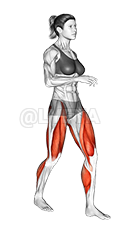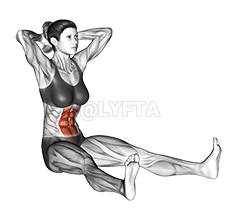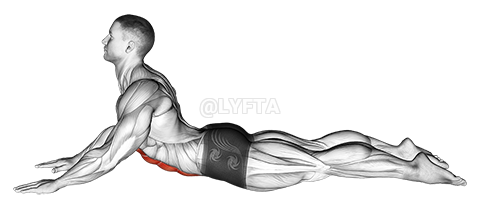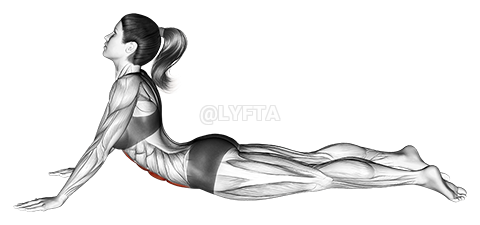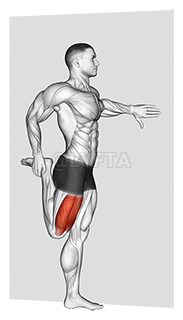
Walking
Exercise Profile
Related Exercises:
Introduction to the Walking
Walking is a low-impact exercise that offers numerous health benefits such as improved cardiovascular fitness, strengthened bones, and increased endurance. It is an ideal exercise for people of all ages and fitness levels, particularly those looking for a simple, accessible way to increase physical activity. Individuals may choose to walk for its convenience, its potential to aid in weight management, and its positive impact on mental wellbeing.
Performing the: A Step-by-Step Tutorial Walking
- Begin walking by stepping forward with your right foot, then move your left foot forward to meet it, ensuring you land on your heel and roll forward to push off on your toes.
- As you walk, swing your arms naturally and maintain a straight posture with your shoulders back and your chest out.
- Keep a steady pace, focusing on the rhythm of your steps and your breathing, inhaling and exhaling naturally.
- Gradually increase your pace and distance as your fitness level improves, ensuring to cool down by slowing your pace at the end of your walk.
Tips for Performing Walking
- Arm and Foot Movement: Swing your arms freely with a slight bend in your elbows. A little pump with your arms is a good thing. Also, your steps should start from the heel and roll towards the toe. Common mistake to avoid: Over swinging the arms or walking flat-footed.
- Walking Speed: Start at a comfortable pace. If you're walking for fitness, gradually increase your speed. Aim for a brisk pace of 3 to 4 mph. Common mistake to avoid: Starting too fast and getting exhausted quickly.
- Wear Appropriate Gear: Invest in a good pair of walking shoes that support your feet and cushion your step.
Walking FAQs
Can beginners do the Walking?
Absolutely! Walking is a great exercise for beginners. It's low-impact, doesn't require any special equipment, and can be done anywhere at any time. It's also a great way to gradually build up endurance and strength, making it easier to transition into more intense exercises later on. However, like with any new exercise routine, beginners should start slow and gradually increase their walking speed and distance over time.
What are common variations of the Walking?
- Nordic Walking involves the use of poles similar to ski poles to engage the upper body during walking.
- Race Walking is a competitive form of walking where participants need to maintain contact with the ground and keep their front knee straight.
- Trekking is a type of walking activity which involves long distance walking on trails or paths, typically in the countryside.
- Stair Climbing is a variation of walking where one climbs up and down stairs for exercise.
What are good complementing exercises for the Walking?
- Yoga can be a great complement to walking as it improves flexibility, balance, and posture, which can help prevent injuries and improve your walking form.
- Core exercises like planks or sit-ups can enhance your walking routine by strengthening your abdominal and lower back muscles, which are crucial for maintaining good posture and balance during long walks.
Related keywords for Walking
- Cardiovascular Walking Exercise
- Body Weight Walking Workout
- Walking for Heart Health
- Low-Impact Cardio Exercise
- Walking for Weight Loss
- Outdoor Walking Exercise
- Indoor Walking Workout
- Treadmill Walking Exercise
- Walking Fitness Routine
- Daily Walking for Cardio Health
